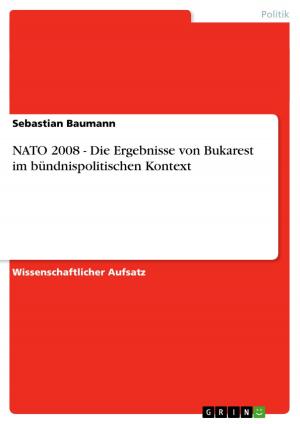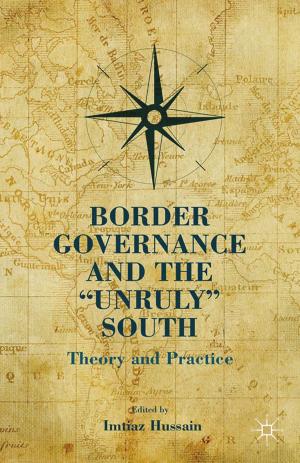Iranian Imbroglio
Nonfiction, Social & Cultural Studies, Political Science, International, International Relations| Author: | Sir Eldon Griffiths, Fred Ameri | ISBN: | 9781882383979 |
| Publisher: | GM Books | Publication: | February 11, 2013 |
| Imprint: | Language: | English |
| Author: | Sir Eldon Griffiths, Fred Ameri |
| ISBN: | 9781882383979 |
| Publisher: | GM Books |
| Publication: | February 11, 2013 |
| Imprint: | |
| Language: | English |
This spring has been a time when the tom-toms of war were beating loudly. Retired air force generals with close links to the Pentagon appeared on television to draw lines on the map of the vast territories between the Mediterranean, the Caspian Sea and the Indian Ocean showing how high flying drones would identify nuclear installations U.S. bombers would destroy them. The US Navy dispatched a second and prepared a third aircraft carrier battle group to join the one already deployed in the Persian Gulf. A former White House strategist told the readers of the Wall Street Journal that with "half a million New Yorkers facing a 1 in 20 chance of annihilation [the President) should order the US armed forces to attack and destroy [enemy targets] with massive ordnance enetrators; fuel air detonations with almost the force of nuclear weapons; high powered microwave attack destroy Iran's laboratories and its electrical grid." President Barack Obama's comment was that this "war talk could be counter productive." But, is it? Sir Eldon Griffiths with 30 years of experience in the British Parliament also has spent years in Iran and his book brings a fresh look at Iran. As this book went to press James Clapper, chief of the US National Security Council told Congress, "The United States assesses that Iran does not have a nuclear weapon and has not made the political decision to make one." One of his British opposite numbers added: "While the intentions of the Iranian regime remain opaque we don't believe they have made the decision to weaponize." Netanhayu and his US admirers dismissed these uncertainties: "If it looks like a duck, walks like a duck and quacks like a duck, it IS a duck," he said.
This spring has been a time when the tom-toms of war were beating loudly. Retired air force generals with close links to the Pentagon appeared on television to draw lines on the map of the vast territories between the Mediterranean, the Caspian Sea and the Indian Ocean showing how high flying drones would identify nuclear installations U.S. bombers would destroy them. The US Navy dispatched a second and prepared a third aircraft carrier battle group to join the one already deployed in the Persian Gulf. A former White House strategist told the readers of the Wall Street Journal that with "half a million New Yorkers facing a 1 in 20 chance of annihilation [the President) should order the US armed forces to attack and destroy [enemy targets] with massive ordnance enetrators; fuel air detonations with almost the force of nuclear weapons; high powered microwave attack destroy Iran's laboratories and its electrical grid." President Barack Obama's comment was that this "war talk could be counter productive." But, is it? Sir Eldon Griffiths with 30 years of experience in the British Parliament also has spent years in Iran and his book brings a fresh look at Iran. As this book went to press James Clapper, chief of the US National Security Council told Congress, "The United States assesses that Iran does not have a nuclear weapon and has not made the political decision to make one." One of his British opposite numbers added: "While the intentions of the Iranian regime remain opaque we don't believe they have made the decision to weaponize." Netanhayu and his US admirers dismissed these uncertainties: "If it looks like a duck, walks like a duck and quacks like a duck, it IS a duck," he said.















